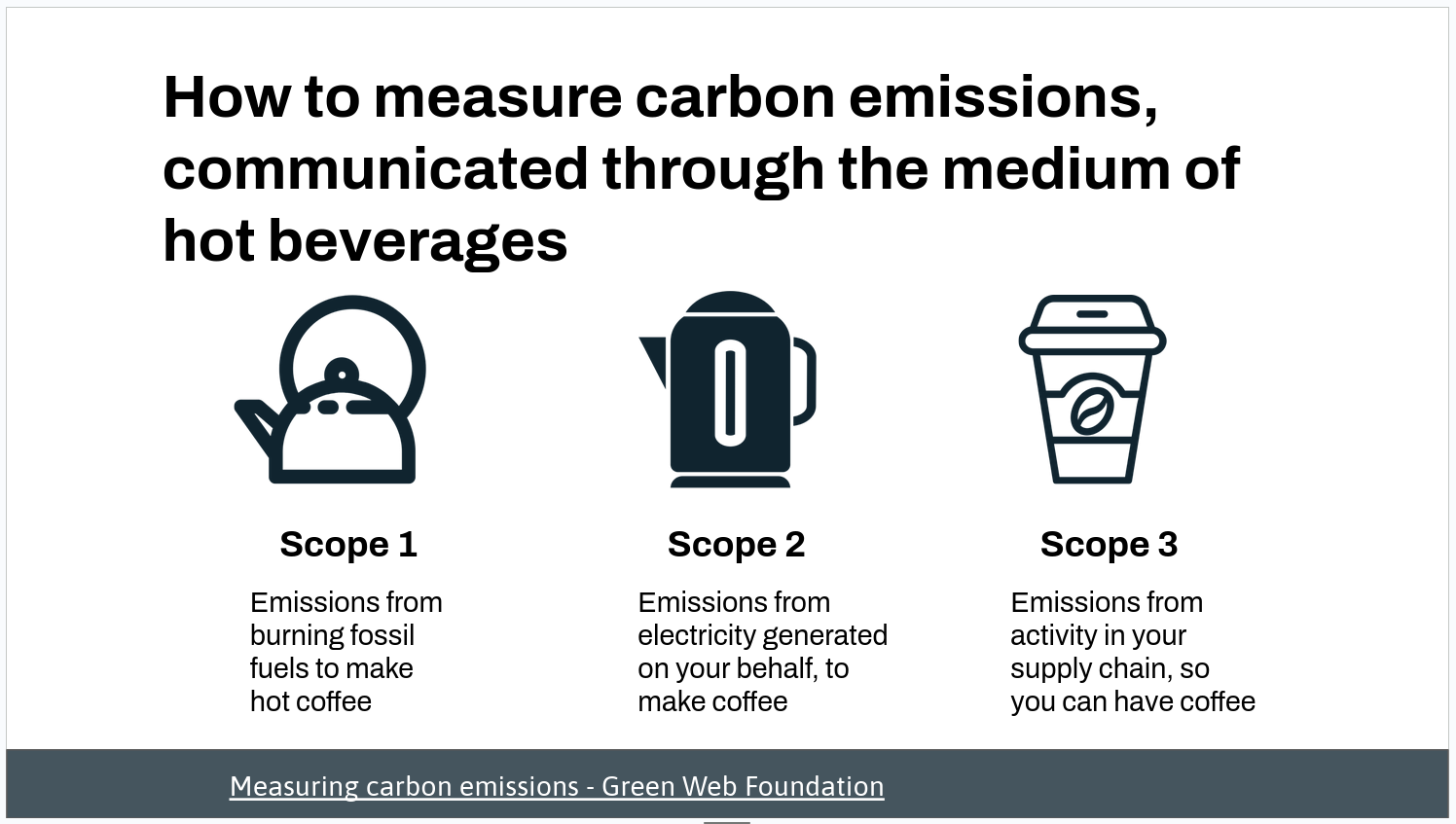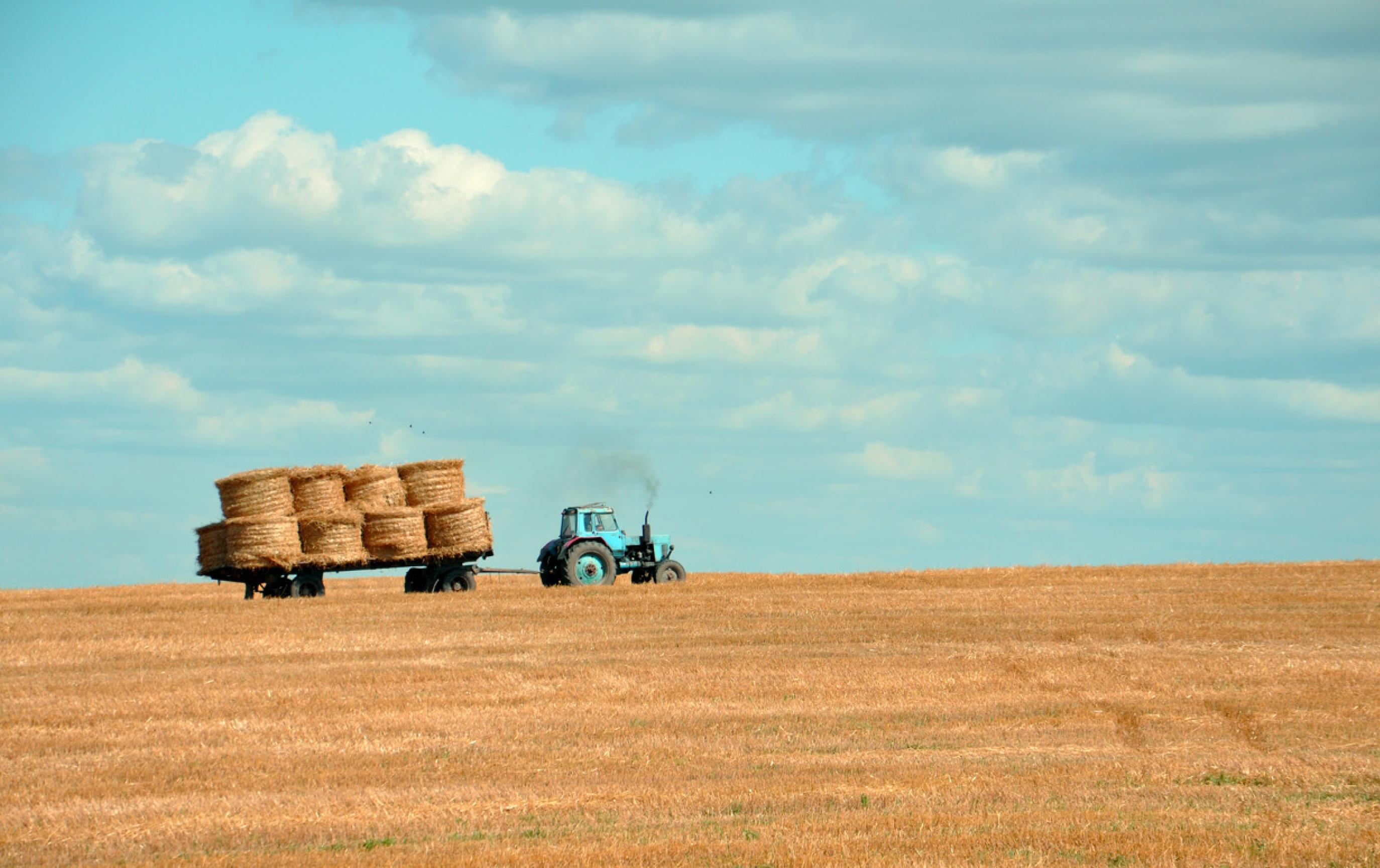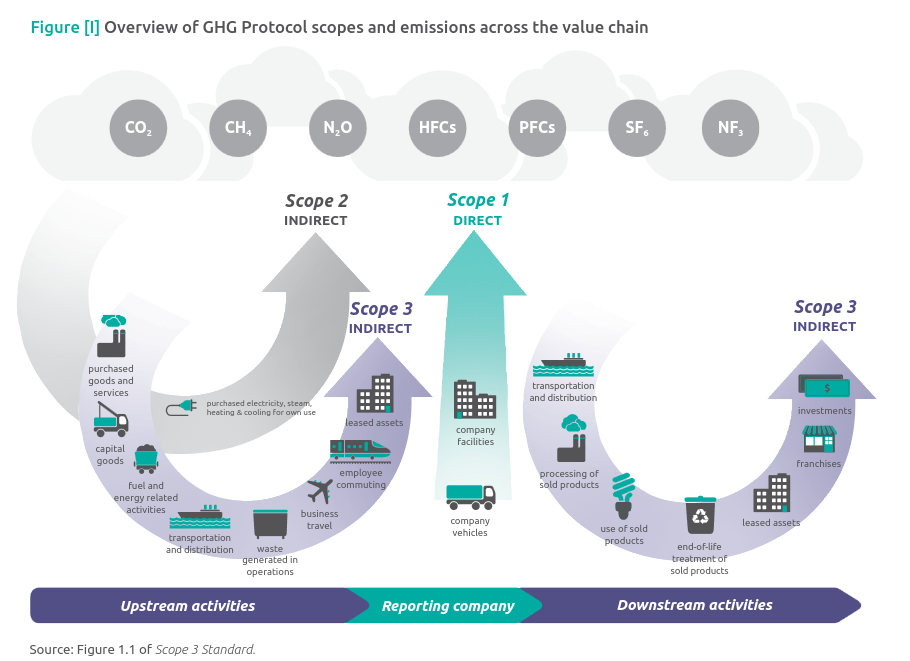Deep dive into Scope 3 emissions
Ever wondered about the hidden part of carbon emissions? What’s Scope 3, and why does it matter? How does your morning coffee contribute to it? Stay tuned to unveil the ‘elephant in the room’!
Hi everyone!
The idea for this article came up as a result from a presentation I've held within my company. There, I was talking about the basics of Green Software and how to put it into practice. One of the topics we've covered was about emission scopes. There I've got an interesting question, to which I couldn't respond at the moment. The question was (and I'm paraphrasing) - isn't a scope 3 a bit a utopia? How can you differentiate between different companies? What all things go into the scope 3?
All these are valid questions, and I'll try to respond to them in this article.
Which emission scopes are there?
Scopes were briefly mentioned in The greenest regions in Azure article. But, let's revisit them once more.
Scopes were defined by the Greenhouse Gas protocol. This is the most widely used gas accounting standard. Almost all Fortune 500 companies use it when calculating and disclosing emissions.
There are three scopes of emissions:
- Scope 1 - direct emissions (on-site fuel combustion, vehicles emission).
- Scope 2 - indirect emissions, by purchased energy (heat or electricity).
- Scope 3 - all other indirect emissions in which we engage. For example, all emissions from organization's supply chain, and so on.
We know that the scope 3 is the most significant and the hardest one to calculate. Why? Because it includes all other activities that the organization is doing. Which can be many, and a bit hard to track.
A simple example of scopes
For this, let's use a Coffee brewing analogy.
In the image below, you can see how you can think of emission scopes in the example of brewing your coffee or tea.

What goes into scope 3?
Here, I want to focus on what's the most important - scope 3. What goes into scope 3? This is a summary of my understanding. I'll ask the questions first, and then do the follow-up research.
If we have a look at the example above, all activities in our supply chain, so we can have a coffee, go into scope 3. This means emissions from the whole chain of production of coffee beans. Including packaging those beans, transporting them to various locations, including ours.
Next, emissions from producing the coffee pots and all the material that goes into them, right? Also, the packaging and transportation to our location... All this is part of scope 3?
Is this correct?
What about if the coffee pot producer and coffee producer already calculate and disclose their emissions. Do we include those emissions in our calculation as well? By adding them to our calculation, wouldn't that be a duplication of emissions?
Am I understanding this right?
Here, a deeper look into what scope 3 is, is needed. And then based on that we'll see what goes where. To help us with that, we'll use the GHG protocol standards.
GHG Protocol Standards
Let's start first with the Corporate Value Chain (Scope 3) Standard. This standard provides methods that can be used to account for and report emissions. From companies of all sectors, globally. Its goal is to make calculating and reporting of Scope 3 easy.

Following this Scope 3 Standard, is the Scope 3 Guidance. This is a calculation guidance. It's designed to reduce barriers of complexity of Scope 3. It provides a detailed, technical guidance on all the relevant calculation methods. It provides information not contained in the Scope 3 Standard.
- Methods for calculating GHG emissions.
- Guidance on selecting the appropriate calculation methods.
- Examples to show each calculation method.

To answer the questions from above, we'll use these two documents for guidance.
Types of Scope 3 emissions
There are two types of the Scope 3 emissions. These are the following:
- Upstream activities - everything that goes into the stream (purchased goods and services, capital goods...). Indirect GHG emissions related to purchased or acquired goods and services.
- Downstream activities - everything that goes out of the stream. Processing of sold products, transportation and distribution. Indirect GHG emissions related to sold goods and services.
In my above uncertainties, I've looked at these two types interchangeably. Without even knowing it.
In the case of goods purchased or sold by the reporting company, upstream emissions occur up to the point of receipt by the reporting company, while downstream emissions occur subsequent to their sale by the reporting company and transfer of control from the reporting company to another entity (e.g., a customer).[1]
In the coffee pot example, yes, we use emissions from coffee pot producer and coffee producer. We use their scope 1 and scope 2 emissions and include them in our Scope 3 emissions.
The following image from the Scope 3 Standard shows an overview of the upstream and downstream activities.

Categories of Scope 3 emissions
These two types of Scope 3 emissions are then divided into different categories. All 15 of them! First 8 are upstream, last 7 are downstream Scope 3 emissions.
- Purchased goods and services. All upstream emissions from the production of products purchased by the reporting company in the reporting year. Products include goods and services.
- Capital goods. All upstream emissions from the production of capital goods purchased by the reporting company. Capital goods are final products that have extended life. They are used by the company to manufacture a product, provide a service (e.g. run an application).
- Fuel- and energy-related emissions not included in scope 1 or scope 2. Includes emissions related to the production of fuels and energy purchased and consumed by the reporting company, not included in the scope 1 and 2. For example - mining of coal, refining of petrol, electricity consumed in a transport and distribution system.
- Upstream transportation and distribution. It includes transportation and distribution of products purchased by the reporting company from suppliers to operations. Also, third-party transportation and distribution services. In essence - scope 1 and scope 2 emissions of third-party transportation companies.
- Waste generated in operations. Emissions from disposing waste and waste water. They include scope 1 and 2 emissions from solid waste and wastewater management companies.
- Business travel. Emissions from employees business-related travels in vehicles owned or operated by third parties. They include scope 1 and 2 from transportation companies (e.g. airline).
- Employee commuting. Emissions from employee commuting between homes and worksites. Remote work can be included in this category.
- Upstream leased assets. Emissions from the assets that the company leases.
- Downstream transportation and distribution. Emissions from transporting and distributing of sold products.
- Processing of sold products. They include scope 1 and 2 emissions of downstream value chain partners (e.g. manufacturers).
- Use of sold products. Emissions from the use of goods and services sold by the reporting company.
- End-of-life treatment of sold products. Waste disposal and treatment of products sold by the reporting company at the end of their life.
- Downstream leased assets. Emissions from assets owned by the reporting company, but leased to other entities. And not already included in scope 1 or 2.
- Franchises. Emissions from operating of franchises not included in scope 1 or scope 2. This category applies to those companies selling franchise.
- Investments. Investments of the reporting company, not included in scope 1 or 2.
These categories are intended to provide companies with a systematic way to organize, understand, and report the scope 3 activities. They are mutually exclusive - there is no double counting of emissions between categories.
Putting it all together
Here, I want to answer my questions from above.
- This means that the whole chain of production of coffee beans... goes into our scope 3? Yes. The whole value chain goes into scope 3, within a certain category, as part of the upstream emissions.
- Emissions from producing coffee pots and all the material that goes into them is part of scope 3? Yes, as a category 2, capital goods.
- Transport and packaging to our location? Yes, in the fourth category - upstream transport and distribution.
- Do we include (or duplicate) emissions from coffee beans producer and coffee pot producer? No. We include their own scope 1 and scope 2 emissions into our scope 3.
Key takeaways
This was a mouth full article. I hope I didn't confuse you, and didn't go on to confuse me even more, when talking about scope 3. The main things to have in mind and to take away from this article are the following.
- Scope 3 represents all other indirect emissions in which we are engaged in.
- There can be an upstream and downstream scope 3 emissions.
- Upstream emissions - emissions from what goes into the value stream.
- Downstream emissions - emissions from what goes out of the value stream as a result.
- There are 15 categories (8 upstream, 7 downstream) that help in calculating the scope 3 emissions.
If you find this article more confusing, or I missed the point, do let me know. I'm eager to see your opinion on the topic.
Thank you and see you in the next article(s)!
Footnotes
- Section 5.3, page 29 of the Corporate Value Chain (Scope 3) Accounting and Reporting Standard ↩︎

